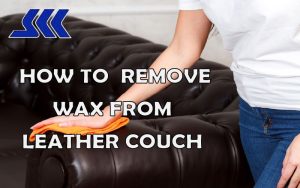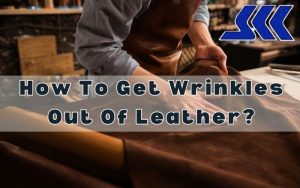Leather furniture, accessories, and clothing items are stylish, durable, and long-lasting when cared for properly. However, when it comes to cleaning, many people are unsure about which products to use on surfaces. One commonly asked question is, “Can you use Clorox wipes on leather?“
In this guide, we will explore the answer to this question, along with alternative methods and ways to protect and maintain your items.
The Composition of Clorox Wipes
Normally, Clorox wipes are known for their convenience and effectiveness in home tidying. They contain a mixture of disinfecting agents that eliminate bacteria and viruses, and surfactants. So, they help kill germs and bacteria on a variety of surfaces, including countertops, appliances, and bathroom fixtures. However, they are not recommended for use on materials like leather. Because this can be damaged by the harsh chemicals in the wipes.
Besides, these disinfectant wipes are formulated with ingredients like alkyl dimethyl benzyl ammonium chloride. This is an active ingredient that kills a broad range of pathogens. Moreover, they also contain isopropyl alcohol, a powerful disinfectant that kills many types of bacteria, viruses, and fungi.
To enhance their cleaning power, surfactants are added, which work by reducing the surface tension of water. Also, enabling it to mix with oil and grease to facilitate their removal.
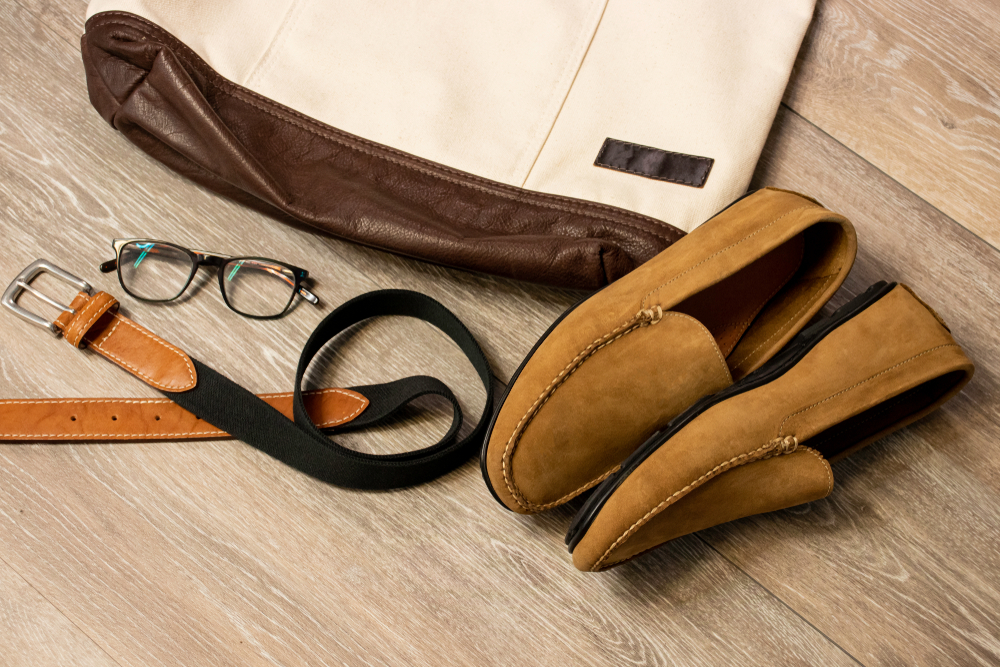
Can You Use Clorox Wipes on Leather: Potential Risks
Clorox wipes are handy for cleaning and disinfecting many types of surfaces, but they are unsuitable for leather use. Here, we will provide some risks for you to understand clearly:
Drying Out the Leather
Normally, leather is a natural material that requires a certain level of moisture. This could help keep its flexibility, durability, and texture. Additionally, keep leather supple and prevent it from becoming brittle or cracking.
However, the chemicals contained in Clorox wipes, particularly alcohol and other drying agents. This can strip away these oils. Thus, when the oils are removed, this material loses its moisture. As a result, leading to drying and potentially cracking over time.
For this reason, it’s crucial to maintain the natural moisture balance. Consequently, it is advised to avoid using Clorox wipes when cleaning it.
Discoloration and Damage
Another potential issue is the risk of discoloration and other forms of damage. Because Clorox wipes contain bleach and other strong chemicals. This could help eliminate bacteria and viruses.
While these chemicals are effective for disinfecting surfaces, they can also react with the dye used in leather products. In addition, this reaction can cause the color of it to fade or change. As a result, causing uneven or altered appearance.
Moreover, in extreme cases, the chemicals can cause irreparable damage. Also, making it weak and more prone to tearing or breaking.
Breaking Down the Protective Coating
Leather goods often have a protective coating applied to them. This coating is designed to help it resist stains and other forms of damage.
However, the harsh chemicals in Clorox wipes can break down this protective barrier. Thus, after the barrier is compromised, the leather becomes more vulnerable to various forms of damage, including stains, scratches, and even water damage.
So, without its protective coating, the leather may also absorb dirt and oils more readily. Also, leading to can further degrade its appearance and durability.
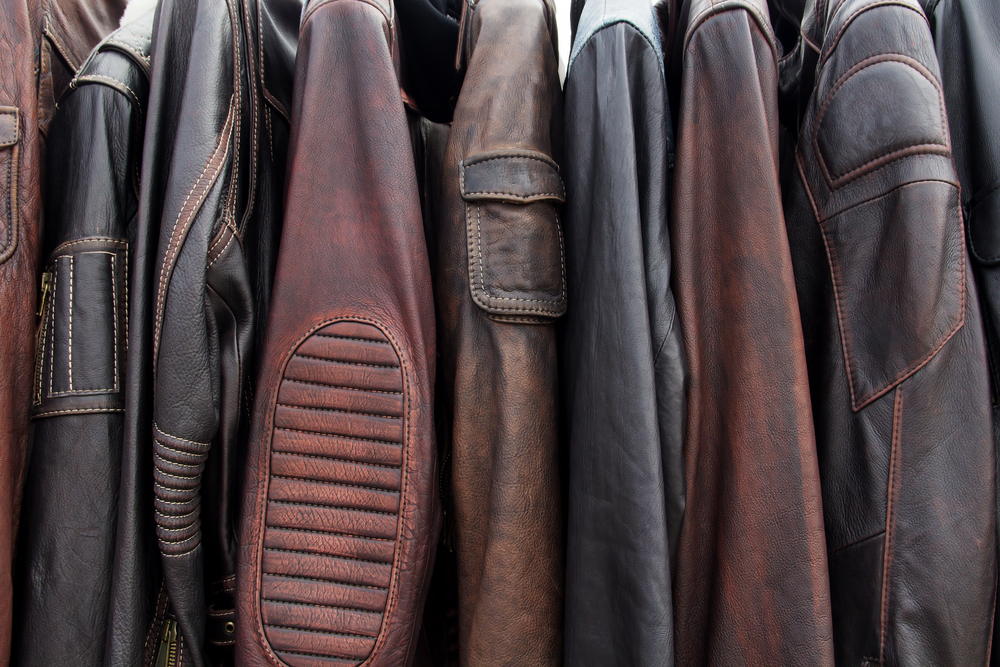
How to Properly Clean Leather Surfaces
Proper care and cleaning are crucial to maintaining the longevity of this timeless material. Here, we’ll walk you through a step-by-step process on how to properly clean leather surfaces:
Step 1: Vacuum or Dust the Surface
Before you start cleaning, it’s essential to remove any loose the stain, dust, and debris that might be on the surface. This is because these particles can scratch during the cleaning process, causing unnecessary damage.
In the process, you can use a soft brush attachment on your vacuum cleaner or a microfiber cloth to dust the leather gently. Make sure to get into all the corners where dust and dirt tend to accumulate.
Step 2: Use a Mild Soap
After you’ve thoroughly dusted the processing, you can proceed to clean it. It’s important to use a gentle cleaning solution to avoid damaging the leather. Mix a few drops of mild, dye-free soap or a specially formulated leather cleaner with warm water.
Remember that harsh detergents or chemicals can strip the leather’s natural oils, leading to dryness and potential cracking. Therefore, it’s crucial to use a gentle soap that can effectively clean without causing harm.
Step 3: Gently Wipe the Surface
To apply the cleaning solution, dampen a soft, lint-free cloth with it. Avoid soaking the cloth as an overly wet cloth, which can lead to water stains or other damage.
Next, wipe the surface of the leather gently in a circular motion. Additionally, make sure not to scrub or exert too much pressure.
Step 4: Rinse and Dry
After you’ve cleaned processing, it’s important to remove any soap residue. So, dampen a separate, clean cloth with plain water and gently wipe the surface to rinse off the soap.
Finally, let the leather air dry naturally. Avoid placing it in direct sunlight or near heat sources, as these can cause it to dry out and fade. After it is dry, you can apply a leather conditioner to restore moisture and keep it soft and supple.
Related: How to Clean Leather Jacket from Thrift Store?
Alternative Cleaning Solutions
If you’re looking for safe and effective alternatives to clean your items, consider these options:
Mild soap and water
As mentioned earlier, a mixture of warm water and a few drops of mild, dye-free soap. This solution can be a simple and effective solution for cleaning leather. Be sure to use a soft cloth to gently wipe the surface and remove any soap residue with a damp cloth.
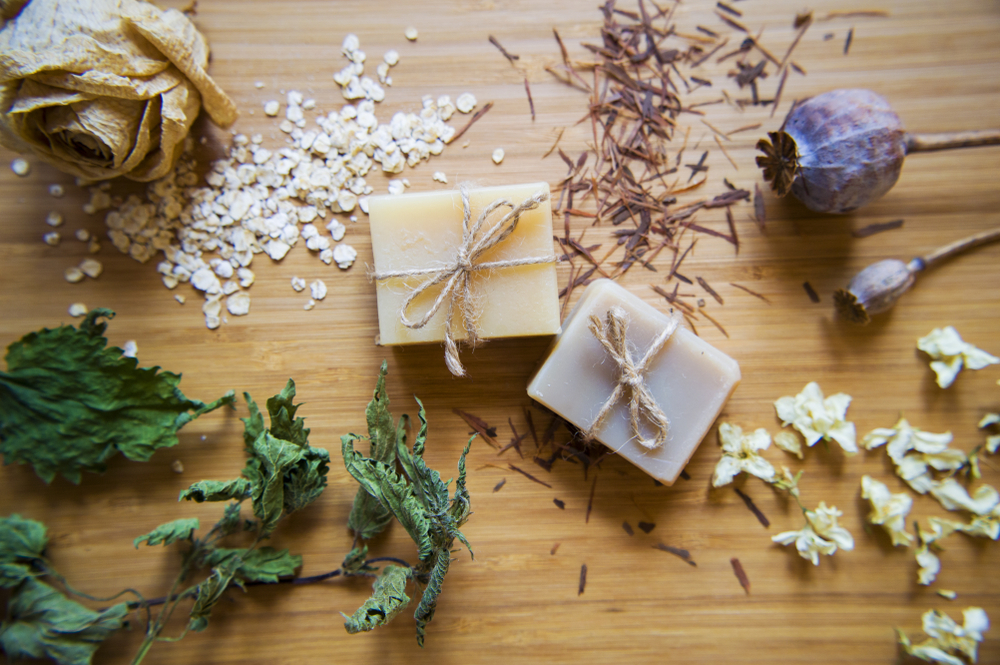
White vinegar and water
For a more natural cleaning solution, you could mix equal parts of water and white vinegar. This solution can help remove light stains and dirt without causing damage to the leather. Use a soft cloth to apply the mixture and another damp cloth to remove any residue.
Leather-specific cleaners
There are specially formulated leather cleaners available on the market designed to clean and condition leather without causing harm. These products can be found at most department stores or online retailers. Remember always to follow the manufacturer’s instructions for the best results.
Baby wipes
Additionally, unscented baby wipes can be used to clean leather surfaces. Baby wipes are gentle and usually free of harsh chemicals, making them a safer option for the material. However, they may not be as effective in removing stubborn stains or dirt.
Homemade leather cleaning solutions
Finally, you can create your own leather cleaning solution by combining equal parts of water and rubbing alcohol. Also, add a few drops of essential oil for a pleasant scent. This solution can be used to clean and disinfect material surfaces without causing damage.
Tips for Maintaining Leather Items
To keep your items in pristine condition, follow these maintenance tips:
- Regular cleaning: Clean your items to prevent dirt and stains from setting in. Lightly dust or vacuum the surface before using a mild soap solution or an alternative cleaning method.
- Conditioning: Should condition your items periodically to maintain their suppleness and prevent wrinkles out of leather and cracking. Normally, could buy a leather conditioner or natural oil, such as mink oil or neatsfoot oil. This helps keep the material moisturized and protected.
- Protection from sunlight and heat: Remember to keep items away from direct sunlight and heat sources. Because these can cause fading, drying, and cracking. Moreover, should store your items in a cool, dry place.
- Avoiding harsh chemicals: Stay away from harsh chemicals, including bleach, ammonia, and acetone, when cleaning surfaces. These substances can cause significant harm to the material.
- Testing cleaning products: Before using any cleaning product on your items, perform a spot test in an inconspicuous area. Should apply a small amount of the product and wait for it to dry. If there is no discoloration or damage, it should be safe to use on the entire surface.
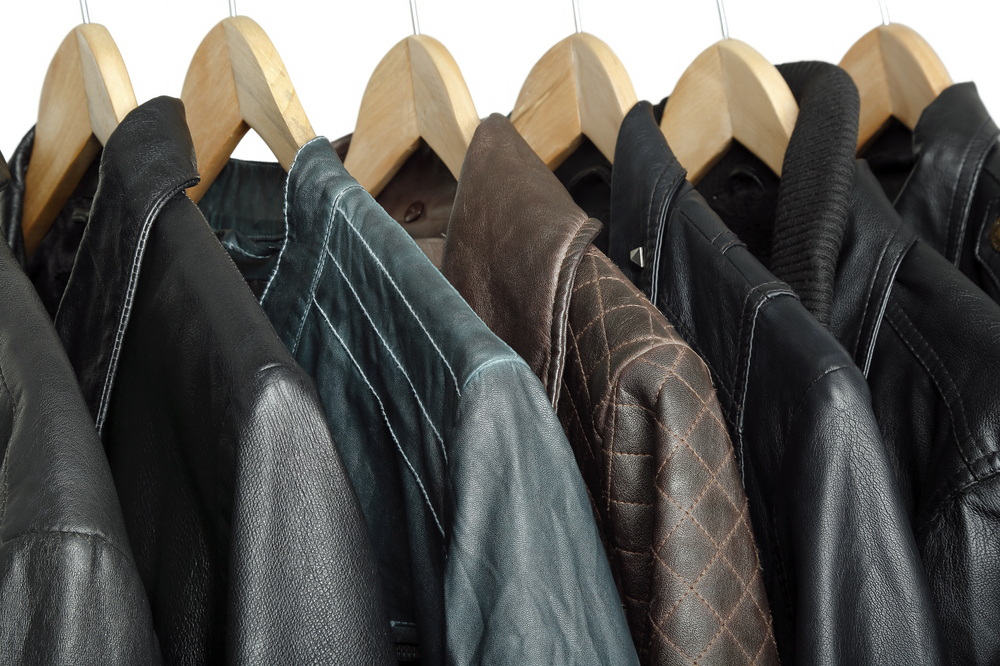
Conclusion
Can You Use Clorox Wipes on Leather? We have provided detailed information in the article above and highly recommend against it due to the potential risks of drying out the material, causing discoloration, and breaking down the protective coating. Instead, you could use alternative cleaning methods, such as mild soap and water, white vinegar and water, or leather-specific cleaners.
Furthermore, regular maintenance and proper care will help ensure the longevity and beauty of your items. By avoiding harsh chemicals and following these guidelines, you can keep your items looking their best for years to come.
FAQs
- Can I use Clorox wipes on faux leather?
It is not recommended to use Clorox wipes on faux leather, as the chemicals in the wipes can cause damage and discoloration. Instead, use a mild soap and water solution or a cleaner specifically designed for faux leather.
- What is the best way to clean leather car seats?
To clean leather car seats, should use a mild soap and water solution or a leather-specific cleaner. Gently wipe the surface with a soft, lint-free cloth and remove any soap residue with a damp cloth. Allow the material to air dry as well as avoid direct sunlight or heat sources.
- Can I use saddle soap on leather furniture?
Saddle soap is designed for use on saddles and other equestrian gear and may not be suitable for leather furniture. Instead, use a mild soap and water solution or a leather-specific cleaner to maintain your furniture.

